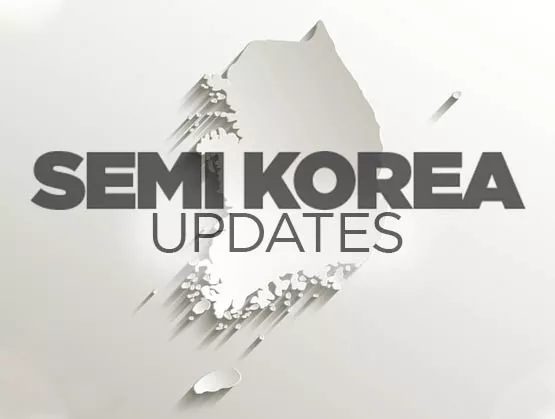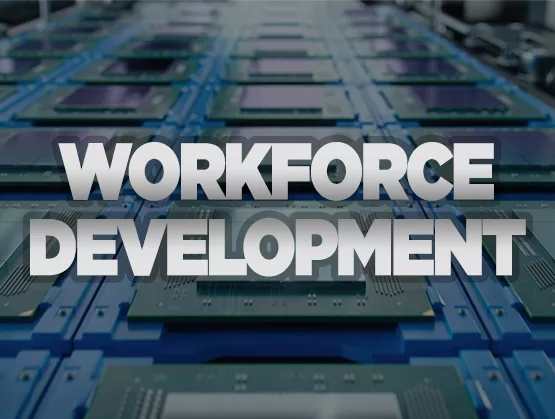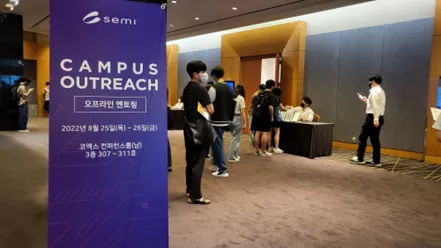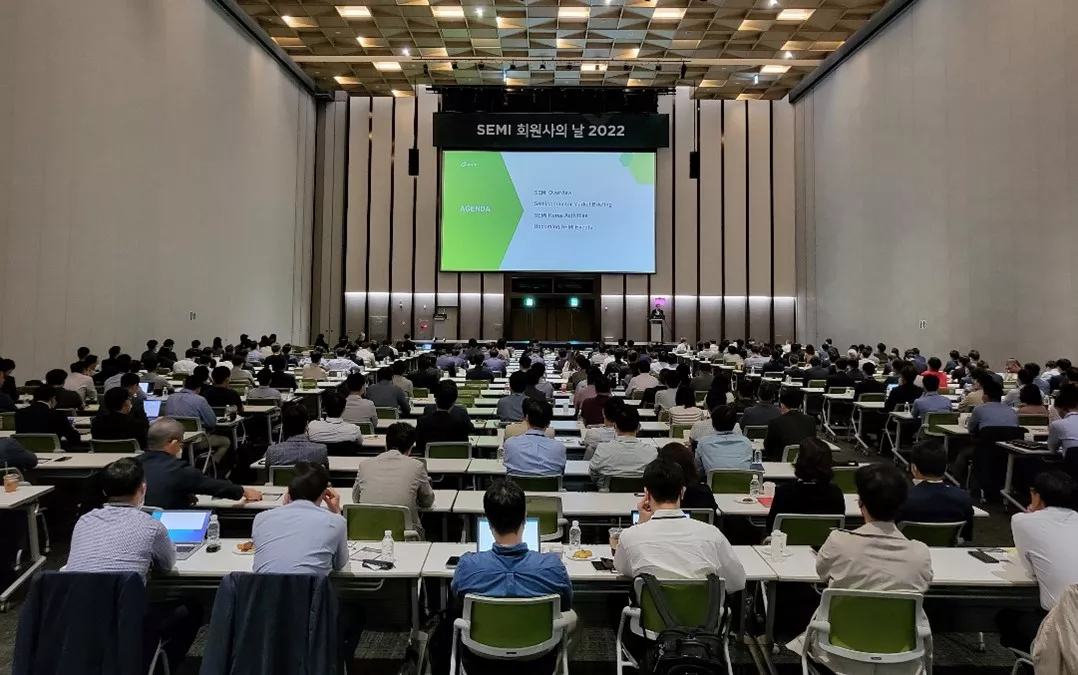
Korea Economy
According to the Organisation for Economic Co-operation and Development (OECD) Interim Economic Outlook report released on September 26, Korea's economy is expected to grow by 2.8% this year and the consumer price index is forecast to rise to 6% due to inflation and the era of high international oil prices. Currently, the global economic growth rate announced by the OECD is 3%, and Korea is expected to achieve a similar growth.
However, if the global economy continues to slow, it could weaken the Korean economy. The Korean government continues to monitor issues such as the ongoing Russian-Ukrainian conflict, Europe’s energy crisis, the impact of rising U.S. interest rates on liquidity, and the associated risks to the Korean economy.
Inflation is increasing in Korea but remains lower than in other major countries. And while a global economic slowdown would ripple through the Korean economy, its semiconductor supply chain is expected to remain strong.
COVID-19
 COVD-19, the biggest issue in the semiconductor industry the past three years, is no longer an obstacle to Korea’s economic development. The number of daily confirmed cases in Korea is about 15,000 and gradually decreasing. In addition, the regulation requiring travelers from abroad to get a PCR test within one day after entering the country was lifted on October 1, a boost to face-to-face business meetings and networking.
COVD-19, the biggest issue in the semiconductor industry the past three years, is no longer an obstacle to Korea’s economic development. The number of daily confirmed cases in Korea is about 15,000 and gradually decreasing. In addition, the regulation requiring travelers from abroad to get a PCR test within one day after entering the country was lifted on October 1, a boost to face-to-face business meetings and networking.
Semiconductor Supply Chain in Korea
In Korea, integrated device manufacturers (IDMs) such as Samsung Electronics, SK hynix, and DB HiTek remain industry leaders. What’s more the five largest equipment companies – Applied Materials, ASML, Lam Research, KLA and TEL – maintain facilities in Korea and close cooperation with the Korean semiconductor supply chain. Last April, Lam Research opened its Korea Technology Center, and the company continues to make other investments in Korea. In addition, Applied Materials announced plans to build an R&D center in Gyeonggi-do and created a fund to foster Korean startups through its subsidiary, Applied Ventures.
Mirroring the global semiconductor equipment sector, Korean equipment companies are making great strides. SEMES, one of the top 10 global semiconductor equipment companies, and WONIK, a semiconductor group that offers semiconductor front-end processes and materials, are recording healthy growth. And players across the Korean semiconductor supply chain are expanding their customer base abroad, beyond domestic IDMs.
For example, more than half of sales by PSK, a leading front-end equipment company in Korea, stem from overseas customers. Its dry strip equipment ranks first in global market share. Many other Korean suppliers for semiconductor industry are also expanding abroad.
Korea Government and Universities Workforce Development Initiatives
Korea’s semiconductor industry employs about 180,000 workers. Yet, as in other regions, Korea faces a talent shortage. By 2023, Korea's semiconductor industry will need at least 5,600 more workers with master's and doctoral degrees alone, a number that grows when open roles requiring only a bachelor's degree are included.
 Seeing the urgency, the Korean government and educational institutions are moving quickly to grow the domestic semiconductor industry workforce. Some universities have signed memorandums of understanding (MOUs) with semiconductor companies including Samsung and SK hynix to support educational curriculum and hands-on training. And top universities in Korea have established new academic majors focused on semiconductors, with employment after college guaranteed by Samsung Electronics and SK hynix. The competition to enter these programs is fierce.
Seeing the urgency, the Korean government and educational institutions are moving quickly to grow the domestic semiconductor industry workforce. Some universities have signed memorandums of understanding (MOUs) with semiconductor companies including Samsung and SK hynix to support educational curriculum and hands-on training. And top universities in Korea have established new academic majors focused on semiconductors, with employment after college guaranteed by Samsung Electronics and SK hynix. The competition to enter these programs is fierce.
The Korea government also announced its goal to add 150,000 employees to the semiconductor workforce over the next 10 years by easing regulations that hinder industrial development.
Special Support by Korea Government
For its part, the Korean National Assembly formed a Semiconductor Special Committee and proposed the Semiconductor Industry Competitiveness Reinforcement Act. The bill includes a provision to increase the tax credit for facility investments from the current 6% to 20% for giants such as Samsung Electronics and SK hynix. More policies that to support semiconductor industry growth are expected.
SEMI Korea Workforce Development Initiatives
 The most pressing issue facing the semiconductor industry remains workforce development and Diversity, Equity and Inclusion (DEI). SEMI Korea’s talent development and DEI programs, which include the SEMI Semiconductor Process Technology Hands-on Tutorial, our most popular program, this year have drawn about 5,800 students looking to enter careers in semiconductor manufacturing.
The most pressing issue facing the semiconductor industry remains workforce development and Diversity, Equity and Inclusion (DEI). SEMI Korea’s talent development and DEI programs, which include the SEMI Semiconductor Process Technology Hands-on Tutorial, our most popular program, this year have drawn about 5,800 students looking to enter careers in semiconductor manufacturing.
SEMI Korea Events
At SEMICON Korea 2022 in February, we staged the first offline exhibition for the first time in three years. The event featured a number of business networking events, and online conferences brought new industry insights to attendees around the world. At SEMICON Korea 2023, February 1-3, we expect to resume offline conferences.
The region’s premier microelectronics event, SEMICON Korea 2023 will feature 500 companies showcasing their latest technologies at 2,000 booths as about 120 global semiconductor experts present new technology roadmaps at 20 conferences. The popular Supply Search Program will bring together semiconductor materials, parts and equipment companies for some 100 business meetings with major chipmakers.
SEMICON Korea 2022
SEMI Korea continues to promote continuous innovation across the semiconductor supply chain with global conferences and educational programs throughout the year. Strategic Materials Conference (SMC) Korea is the only semiconductor materials conference held in Korea, with both domestic and global semiconductor experts participating in the conference to advance materials innovation. Players from across the semiconductor ecosystem such as IDMs and equipment and materials companies explore materials innovation at the event.
The MEMS & Sensors Industry Forum, Korea’s leading event promoting sensor technologies, also features experts from leading global companies.
SEMI Korea also offers tutorials six times a year, drawing about 800 attendees:
- Semiconductor Process Technology Tutorial (1st half / 2nd half)
- Semiconductor Packaging Technology Tutorial
- Semiconductor Test Technology Tutorial
- SEMI Software Standards Tutorial
- SEMI Safety Guideline Standards Tutorial
In addition, SEMI Korea holds webinars on semiconductor market and technology trends that draw about 200 industry stakeholders, bringing total attendance to the annual education programs to about 1,000 people.
SEMI Korea Members Day
On September 27, SEMI Korea Members Day was held offline for the first time in three years. About 400 members from member companies participated in the event, which featured industry updates from SEMI Korea, a global economic and semiconductor market forecast, a worldwide semiconductor materials market forecast, insights on supply chain challenges and opportunities, and an update on the new Serious Accidents Punishment Act, aimed at improving workplace safety at Korea businesses. The satisfaction survey conducted after the event revealed a score of 4.5 out of 5, reflecting the members’ excitement to be meeting again for valuable industry insights.

SEMI Korea Members Day 2022
For more information about SEMI Korea activities, please contact Jaegwan Shim at jshim@semi.org.
Jaegwan Shim is a marketing specialist at SEMI Korea.